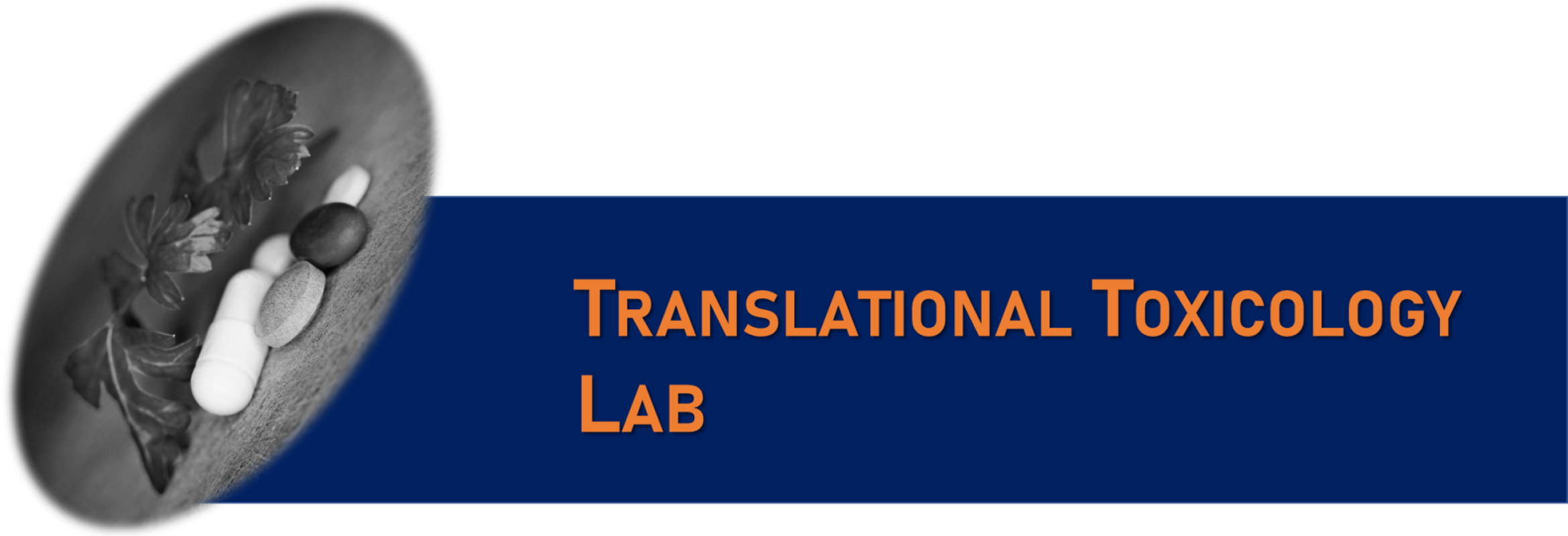One image is worth more than a thousand words in translational toxicology. The observation of thousands of poisonings allowed us to understand that the pre-analytical information provided excellent help in suspecting xenobiotics presumably related to poisonings and, as such, allowed for guidelines preparation for the selection of biological samples (e.g., 10.1080/20961790.2016.1271098), also facilitated decision-making on the most appropriate toxicological analysis techniques to be carried out, and provided a better understanding the metabolism and metabolomics as a tool to interpret results and producing better clinical reports (e.g., 10.1016/j.jflm.2018.12.005; 10.1155/2018/6852857; 10.3390/jcm10204637; 10.1080/03602532.2021.1917599; 10.3390/ph13110334). An Atlas was produced in 2021 (e.g., 10.1080/20961790.2022.2059837; 10.3390/jcm12072591; 10.3390/ijerph19148430) with more than 3000 cases of poisonings that now enables a faster diagnosis of poisonings in the world today.
The genesis of toxicology and legal medicine. In the last 17 years, it was reconstructed and studied as one of the most significant cases of Portuguese science in the medical and toxicological fields (e.g., 10.1080/20961790.2021.1898079; 10.1080/20961790.2019.1682218; 10.1080/20961790.2018.1534538). The “Rua das Flores Crime” is one of the most famous cases of poisoning that shook all European public opinion at the end of the 19th century. It demonstrated the weaknesses of the medico-legal system, attested to the importance of toxicological analyses, and prompted mind-changing and the foundations for toxicology and chemistry in Portugal and the world.
Mismanagement of plastics during the COVID-19 pandemic. The accumulation of personal protection equipment (PPE, e.g., gloves, face masks) following incorrect disposal has created challenges, not only due to its potential dissemination of the SARS-CoV-2 virus but also due to environmental impacts, including entrapment and fragmentation into microplastics (10.1016/j.cej.2020.126683; 10.1016/j.scitotenv.2021.148505). With an estimated global use of 129 billion face masks per month during the pandemic (10.1021/acs.est.0c02178), there is a need to find alternative solutions to protect populations during future outbreaks (10.3390/environments8040031). This topic has gathered widespread media coverage during the pandemic (https://www.jn.pt/..., https://sicnoticias.pt/...).
A new method to quantify microplastics. This new method uses fluorescence to detect microplastics stained with Nile Red, counting them with the use of an original automatic tool (MP-VAT; 10.1016/j.scitotenv.2019.07.060). It has contributed to the popularity of Nile Red as a low-cost and high throughput alternative to improve detection accuracy and has been featured in a science podcast (https://www.90segundosdeciencia.pt/...).
Environmental monitoring and ecotoxicity. Development of analytical methods for environmental monitoring programs for screening and determination of emerging contaminants namely priority substances included in the European water frame work directive (e.g., 10.1016/j.jpba.2019.03.032; 10.1016/j.scitotenv.2018.08.309) and ecotoxicity assays (e.g. 10.1002/etc.5646) for an integrative understanding of the environmental impact of contaminants. These data have been providing support for regulatory agencies in environmental management and safety (e.g. 10.1016/j.cej.2023.141617), recommendations and in promoting the sustainability and environmental health and social media outreach (10.1016/j.cej.2023.141617; https://www.publico.pt/...; https://www.rtp.pt/...).
Detection of priority bacteria resistant to last-line antibiotics across sources & countries: a One Health approach. Antimicrobial Resistance is a global Public Health threat to humans needing a holistic One Health approach. Our research uncovered Enterococcus strains harboring resistance to a last-line antibiotic (critical for humans per WHO) in commercially available European dog food. Identical strains and resistance elements were detected in food-producing animals and even hospitalized patients across Europe and China, highlighting a potential pathway for transmission between animals and humans. This work garnered significant media attention through an international press release (https://www.theguardian.com...).
TOP PAPERS 2018-2023
Dinis-Oliveira, R. J. (2022). One image is worth more than a thousand words: producing an atlas of medical signs for teaching clinical and forensic toxicology. Forensic Sci Res, 7(4), 815-822. doi:10.1080/20961790.2022.2059837
Prata, J. C., Paço, A., Reis, V., da Costa, J. P., Fernandes, A. J. S., da Costa, F. M., Duarte, A. C., Rocha-Santos, T. (2020). Identification of microplastics in white wines capped with polyethylene stoppers using micro-Raman spectroscopy. Food Chem, 331:127323. doi: 10.1016/j.foodchem.2020.127323.
Oravcová, V., Peixe, L., Coque, T. M., Novais, C., Francia, M. V., Literák, I., Freitas, A. R. (2018) Wild corvid birds colonized with vancomycin-resistant Enterococcus faecium of human origin harbor epidemic vanA plasmids. Environ Int, 118:125-133. doi: 10.1016/j.envint.2018.05.039.
RESEARCH TEAM
PhD Members
Collaborators
PhD Students
MSc Students
Research Fellowship
Volunteers
Under construction.
Research Technician

